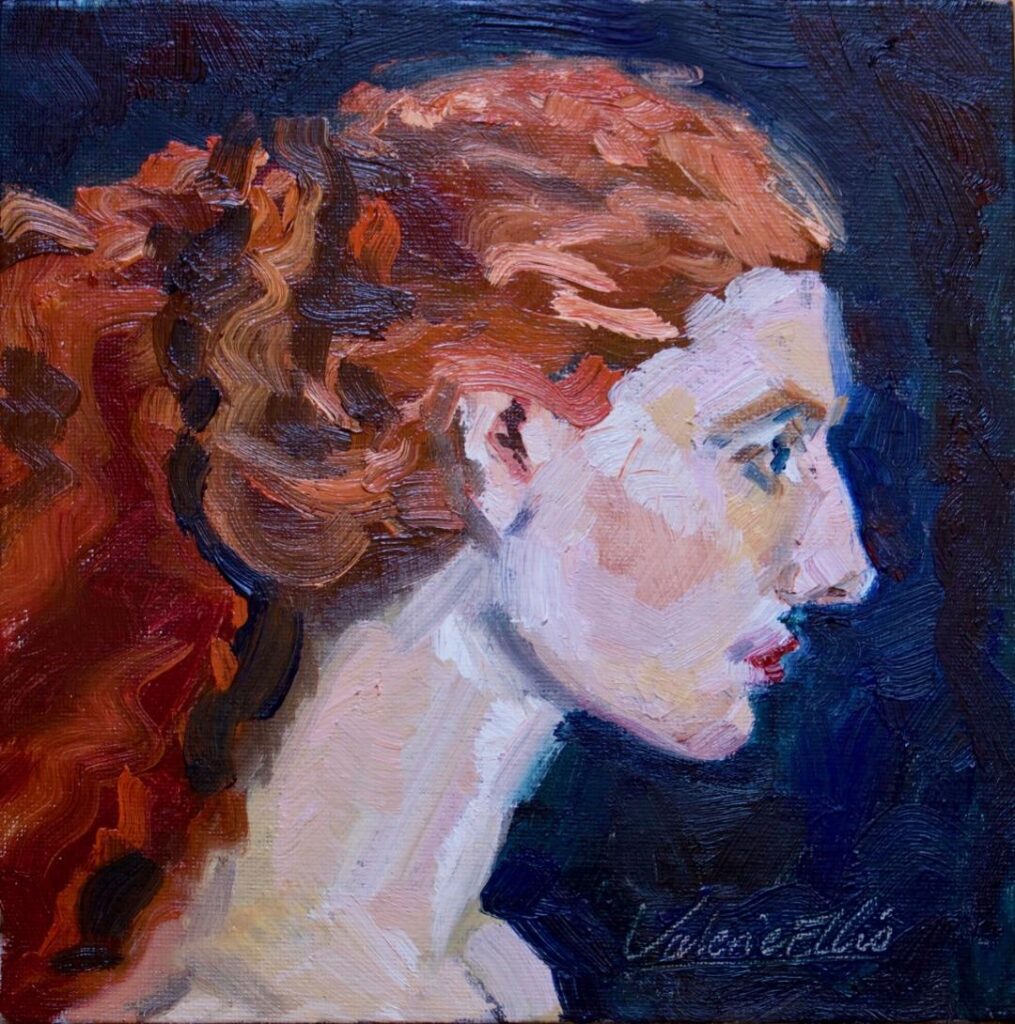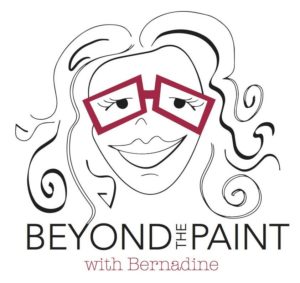Abstract and Conceptual female artist Valerie Ellis draws us into her visual world through her curiosity of the human mind and condition. A psychotherapist for twenty years, Ellis paved an unconventional pathway in making art.
.
Her visual vocabulary is submerged in a very hands on practice of pulling, spreading, crumpling media like paper and paper pulp. Her works deeply connect the viewer to the internal psychology of the human mind and experiences. This episode includes an in-depth conversation with Ellis.
Resources include Art21, the writings of Nicole Simpson and Valerie Ellis website. Image credit: Valerie Ellis: From First Impressions Series, “Brown Skin.”
Stay connected with Valerie Ellis: Valerie Ellis website, IG handle @very_valerie_ellis
Works highlighted in the podcast epsiode include: Image Credits: Valerie Ellis Website



Ellis produced several in-depth videos on her work and practice. You can find them on her website. One of my favorites is her discussion of the influences of Abstract artists in her paintings.
Script: Episode 171: Valerie Ellis: Moving Human Experience through Paper The artist I celebrate on the podcast today, the Abstract and Conceptual artist Valerie Ellis has a very interesting story and unconventional pathway in making art. This episode includes a conversation with the artist who will draw us into her visual world. Ellis was a psychotherapist for twenty years and as we journey through her work, you will see the ways her interest and former work informs her artistic work and practice. It is a perspective, Ellis’ curiosity about the human mind and condition that we, the viewer become immersed in through her visual vocabulary.
This journey into her works and practice will encompass two series of her prolific works: The first series, “Spreading Thin,” Ellis employs the medium “paper” to express, to illustrate the effect of overextending ourselves. As she describes, “Paper sometimes looks a lot like skin so it has a really wonderful way of symbolizing, representing people. When you put an effect on paper, the effect is a nice symbol for what we do to each other.” So the work becomes both a representation of people and the impact of human “experiences.”
Her process is to employ paper pulp and spread it out using her hands, submerging her experiences into this process of pulling, spreading to create something visual about the human experience; specifically Ellis’ curiosity around “spreading ourselves too thin.” In the tangible process of manipulating the wet paper pulp, she considers motivations for a person to be spread too thin: one that resonated with me is and I am quoting the artist, “trying to gain other people’s approval or avoid their disapproval” “Each piece is a different way of spreading out material.” The nuances, the tension between approval and disapproval, how does this impact and shape both a person’s inner and outer selves.
Before I explore a specific work from “Spreading Thin” series, I started to think about other female, contemporary who work with paper pulp. Because paper is sourced from nature, trees, some Ecofeminist artists employ the medium of paper pulp. The draw to create from paper, sourced from nature in trees is resonant in the visual vocabulary of an artist concerned with the environment. The contemporary artist Linda Cross use paper pulp and paint to create organic rocky forms. From her Riverline series, the work Riverline, Tivoli Bay, 2009, paper pulp is spread and formed into a landscape. “The craggy surfaces suggest the passage of time and the slow erosion of the landscape. The artist’s purpose is a “call for the preservation of our fragile environment and a reminder of the eternal cycle of nature.” The artist and sculptor Arlene Schehet says, “The thing about working with paper is the immediacy of that entire process. I love seeing the thing and responding.” She layers sheets of paper over rubber molds which are made in her ceramic studio. The molds transfer the texture of glazed clay, firebricks and tool markings into the paper pulp. Another female artist and sculptor Arlene Schehet says, “The thing about working with paper is the immediacy of that entire process. I love seeing the thing responding.” Shehet layers sheets of paper pulp over rubber molds which are made in her ceramic studio. The molds transfer the texture of glazed clay and tool markings into the paper pulp. (art 21)
What is fascinating about Ellis’ desire to work with paper pulp lies not in connections with nature, but of the internal psychology of the humans, of individuals. Each of the works in the series has these cool one word titles like Frayed, Scrambled, Holed, Shredded. Very impactful titles, that evoke so much imagery in my mind. Each work is mounted to a paper board. My favorite is “Shredded” The dried, white paper pulp is streaked with indented vertical lines; the texture is thick and uneven. The edges of the paper are frayed—you can sense the artist’ downward pull of the lines, you can see spots of small holes within the paper, my eye moves from top to bottom in an endless white abyss.
Another series working with the medium paper is titled First Impressions. This is a conceptual body of work. What drew me into this series is related to her curiosity about childhood experiences. From the artist, “One of the foundations of psychology is that people are profoundly shaped by their childhood. For many, the influence is detrimental and explains their later struggles in later in life. As therapists we respond with something like this metaphor.You have a piece of paper, perfectly smooth and white.I take it from you and crumple it. I hand it back and you smooth it out. Do you still have a piece of paper? Yes. Is it the same? No. It will never be the same. No matter how much you try to smooth it out, how flat you manage to get it..the folds will always be there.”
Ellis takes that metaphor and experiments with papers of “different sizes, colors and weights” She says, “I’ve crumpled them in a variety of ways-a little, a lot, on the edges and in the centre. Some paper wrinkles easily, and some is harder to fold just as some children are less resilient than others to the same treatment. Then, I smooth out the paper-revealing the lines where the damage was done. No matter how much I try the paper is never the same again.” Wow! This series, each crumpled paper, spread out is mounted and framed, is stunning! Profound!
In the work “Brown Skin” For the Brown people, Ellis uses brown and black pastel on brown card. For me in my looking experience, the brown hued paper, spread out looks like skin, waves of wrinkles, to the right of the work, the wrinkles look like a cobbled pathway, the center is smoother, wrinkles are less evident, and the artist applies white criss crossed lines. They appear like bandages, covering wounds. It is both aesthetically beautiful yet in the context of Ellis’ intentions, heartbreaking. This series effectively helps to create a deeper sense of empathy. So now that you have a sense of Ellis’ work, her practice, her vision, her deep sense of curiosity, please join me in a conversation with female artist Valerie Ellis from her current home in London.
